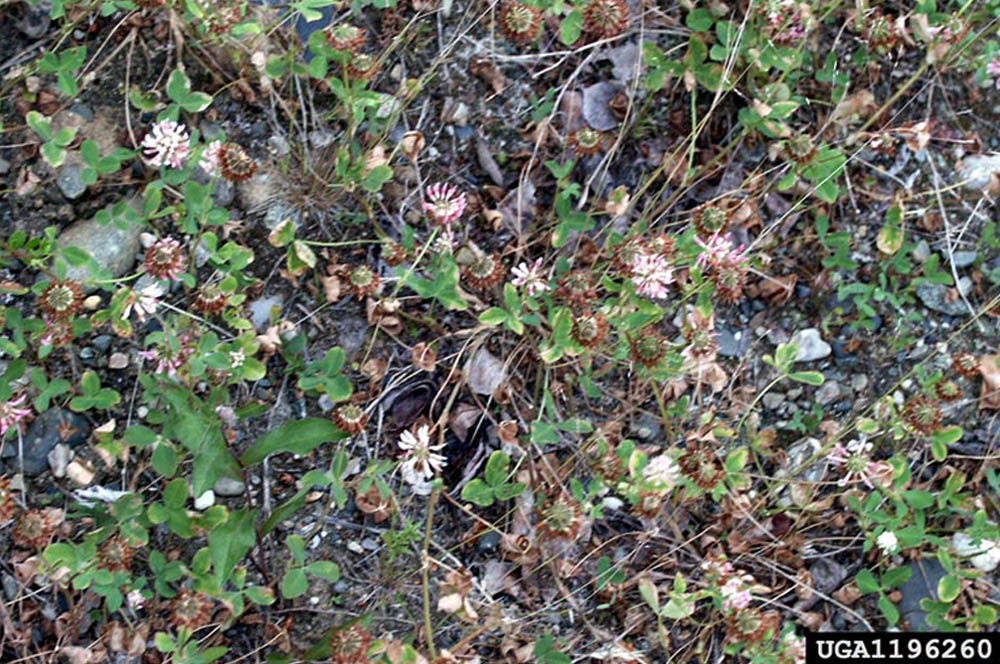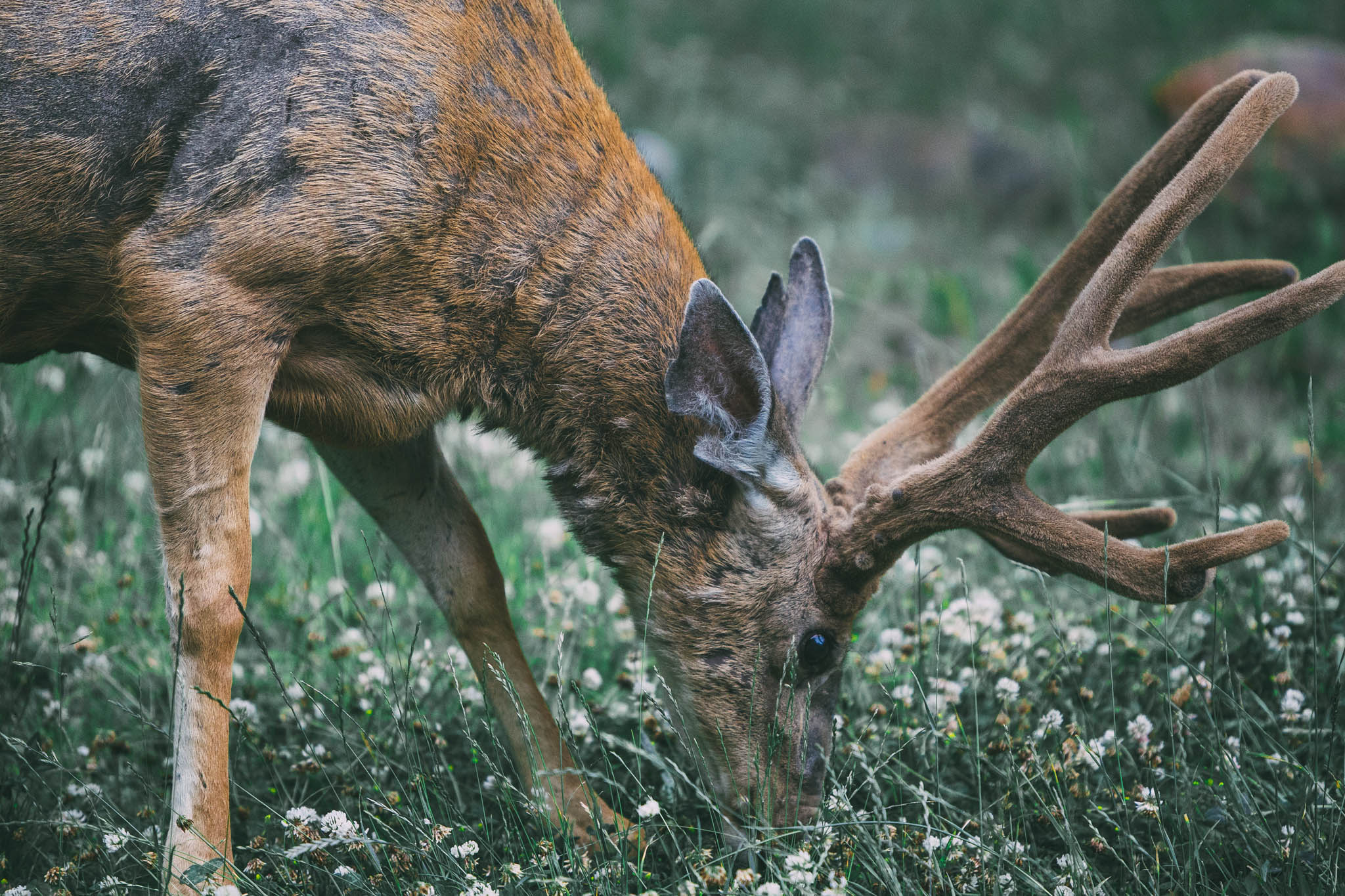Alsike Clover
3500–5500
Dry matter (lbs/A)
6.0–6.5
Preferred pH
50–100
Total nitrogen (lbs/A)
Planting information
- Planting window: January–April/August–September
- Planting depth (in): 1/8–1/4
- Seeding rate (lbs/A): 5–6
- Mix seeding rate (lbs/A): 6–8
- Length of stand (yrs): 2-3
- Days to germination: 7-10

Tom Heutte, USDA Forest Service, Bugwood.org
Performance
Adapted to the same general area as red clover. Alsike clover makes a very palatable, high-quality hay when planted with other clovers and grasses, especially timothy. Alsike produces high-quality pasture and hay. It prefers a heavy, moist soil and will do better than other clovers on poorly drained acid soils. Alsike clover does not do well in light, sandy soils.
- Adapted to similar areas as red clover
- Grows on wide range of heavier soils
- Can tolerate standing water for 7-14 days
- Deep branched taproot
- Great winterhardiness
Precautions: Bloat potential, photo sensitivity, not for horses, slow drying for hay

